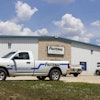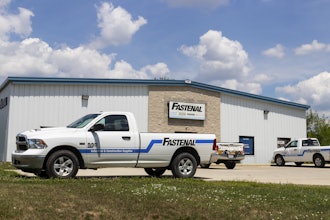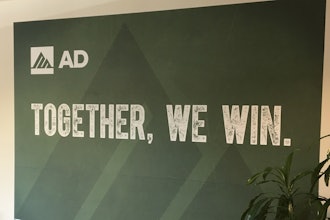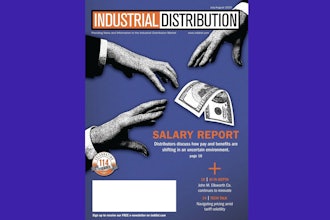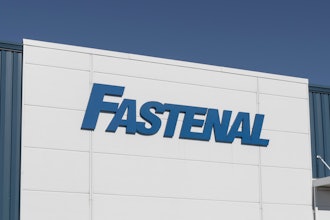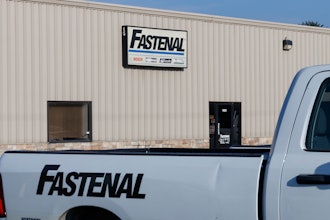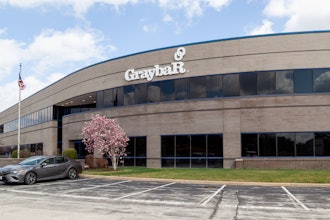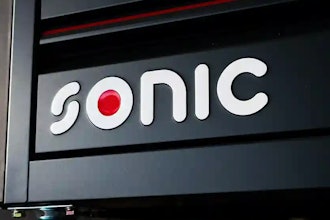What is your competitive advantage? No, really! What is your competitive edge?
Sounds like a simple question, and when asked, most answer pretty quickly and predictably.
If it is your goal to excel in a competitive market, continuous attention to systems, methods, and processes that offer a competitive edge is essential. This seven-part series will focus on areas proven to give companies a real competitive edge yielding measurable results.
These methods and processes must be things you and your team can focus on – and control – internally. Excuses related to external factors such as the economy, industry softness, and such don’t apply.
The pursuit of sales is like going into battle. Most companies go into battle relying on their past successes with their people, products, service and experience. You need to go to battle with some new and different weapons.
So, “What is your competitive edge?” Most likely, your answers are the same as that of your competitor and that, by definition, is no edge at all.
Competitive Edge #1: Focus on the 180: Front-End Sales Cycle Management
I’ve encountered many companies over the past 20 years in the industrial sales world that are managing their business from the “Back-End’ of the sales cycle. Be different. Gain a valuable, proven competitive edge by shifting focus to the “Front-End” of the sales cycle.
It sounds so simple and logical, but it’s been my experience that companies typically fail or fall short in this area. Why? Old habits are hard to break. Companies and individuals naturally resist change and this particular change in culture can be difficult as it requires a change in the way your sales team typically works.
The key is to honestly evaluate your approach. Let’s get on the same page with terminology: “The Back End” is the Quote-Order stage of sales cycle. “The Front End” is the Lead and Opportunity Stage, or the first 180 degrees of the 360 degree sales cycle.
Starting with the Order Stage and working backwards, critically analyze your four stages. The following grading scale will reveal how your company is doing at each stage and will typically expose the fact that most companies have not focused sufficiently on the Front End to establish effective processes.
Grade your company from 1 to 5, 5 being excellent and 1 being poor.
Order Stage = _____ (Total Average Score)
- Order write up standards =
- Order retrieval system =
- Payment follow up process =
- Reporting (30-60-90) =
Quote Stage: _____ (Total Average Score)
- Quote generation standards and procedures =
- Quote retrieval system =
- Quote follow up process =
- Reporting (open, won, lost, overdue) =
Opportunity Stage: _____ (Total Average Score)
- Opportunity Management system =
- Standards for what is an opportunity =
- Proactive Follow up process and procedures =
- Reporting (Pipeline, Forecast) =
Lead Stage: _____ (Total Average Score)
- Lead generation system =
- Lead qualification process =
- Lead follow up procedures =
- Reporting (Open, Closed, % converted to Opportunities) =
So how did you do? Were your Back-End numbers higher than your Front-End numbers? The good news is that you have an opportunity to focus on the most critical phase of the sales process, to make changes and gain that competitive edge.
The scores I typically see when asking companies to share their results are:
- Stage 1 Lead: 1&2’s
- Stage 2 Opportunity: 2
- Stage 3 Quote: 3&4’s
- Stage 4 Order: 4&5’s
After the first pass, document every step of your company’s existing processes and procedures from Lead to Opportunity to Quote to Order. Then, do the exercise again and see if you come up with same score. With this documented focus on your Front End you can now critically review and evaluate your methodology: Where are the gaps, inefficiencies, and lack of visibility specifically at the Front End?
The Holy Grail is for your company to get to a 4 or 5 at each of the stages and where the focus on the Front End becomes the new culture within your company.
The most critical time in the pursuit of sales is between the opportunity and quote stages. This is where the rubber meets the road, sales are won and you have positioned the prospect to transition to the quote. Weaknesses in processes and management at his critical juncture will put you on the outside looking in.
The purpose of this exercise has been to get you to think about how your company is managing the early, critical stages of the sales process. This does not have to be complicated: Keep it simple. Put equal emphasis on processes, procedures, and visibility at all stages of the sales cycle. Don’t neglect the Front End this is where you can separate yourself from you competitors.
Next month’s topic: Size Matters: Do you know your Load Input Number?
Brian Gardner is the Founder of SalesProcess360, a coaching, consulting, and speaking company focused on helping industrial sales companies gain a competitive edge. Gardner has been involved in industrial sales for over 30 years. In fact: he was born into it. His father owned an industrial sales rep/distributor company serving the Gulf Coast in the chemical, refinery, and oil & gas industries, and after a brief stint at Texas Instruments, Gardner returned to the family business in inside sales. After 15 years of working through the ranks, Gardner served as VP of Sales until 1999, when he co-founded an industrial sales focused CRM software company called Selltis. Gardner recently started SalesProcess360 to take his passion for sales process improvements to the industrial sales world. To learn more, or to contact Gardner, please visit www.salesprocess360.com.

